
Insects and Impeachment
Butterflies, Dragonflies and Atomic Bombs
High crimes and misdemeanors. Acrimony and hypocrisy. As it all boils over onto the floor of the U.S. Senate, as I grow weary of the actors and their scripts, I once again find refuge among insects — dead or alive.
Pictured above is the smallest dragonfly species on the planet, Scarlet Dwarf (Nannophya pygmaea), the male in crimson and the female perhaps mimicking a bee. This pair of specimens, which I photographed at a scientific collection here in Florida, came to us from Hiroshima.
As Democrats and Republicans argue their old news and change no minds, I’m hoping at least to expand mine at the Florida State Collection of Arthropods — somewhere around 9 million insects, each an unimpeachable expression of biodiversity on earth.
Here in Gainesville, I’m also at work in the famed McGuire Center for Lepidoptera and Biodiversity, which houses millions more moth and butterfly specimens, along with a brigade of (living) scientists. And I visit with flying insects as well — moths and butterflies in the wild and on the wing inside the center’s Butterfly Rainforest, where I went calling the other day. Yeah, it was a perfect call.
Although I am in large part here for work on my book, which is about big ideas expressed in the life of a single dragonfly species, the insects of Gainesville are a welcome distraction from Trump on trial, and from a world spinning too fast and in the wrong direction. The butterfly and dragonfly specimens here — from Ukraine, Iran, Hong Kong, Washington and nearly every other turbulent corner of the planet — remind me that insects have been at this game of life for 400 million years, long before we came along to mess up the place with borders, religions, wars and our notions of growth and prosperity.
As a former journalist who in another lifetime breathed politics, including the Clinton impeachment, I cannot offer you anything new under the sun about impeachment — because there is no news here. Only rancor over what we have known since testimony began in November. Yet no matter where you stand on the president or the failed state of our politics and public discourse, I suspect we might agree that American democracy, such as it is, has never been so sacred or immutable that it cannot all go wrong at some point. Nothing about this experiment makes it immune from presidential demagoguery, corruption and lying, as well as institutions that collapse into disfunction, including Congress and the news media.
So I choose this week to find solace in insects that might soar above it all — literally and figuratively. Not the least of which is the smallest dragonfly in the world from the site of the world’s biggest atomic nightmare: tiny expressions of life from Hiroshima.
Imagine Adam Schiff and Mitch McConnell side-by-side enjoying butterflies.
No matter how you yourself seek meaning in troubled times, I suggest that you engage politically and escape occasionally. I now travel the world among insects on pins and tucked in envelopes — an armchair journey of shocking biodiversity. And I escape to the therapy of a butterfly house. Its big carbon footprint notwithstanding, these exhibits are like whale watches or true love or good (safe) drugs — a beautiful dream played out in real life. In fact, I suggest that the impeachment players, after their day of rancor, boredom and chicanery, meet for drinks inside the Smithsonian Institution’s Butterfly Pavilion. Imagine that: Representative Adam Schiff and Senator Mitch McConnell, side-by-side and enjoying Blue Morphos, Variegated Fritillaries and Emperor Swallowtails fluttering and flickering among tropical plants.
Am I so naive to believe butterflies might bridge such divisions, or that dragonfly specimens can mend our broken politics? Well, no, not really. Then again, “the butterfly effect” (at least its misuse in popular culture) suggests that the flap of a gossamer wing can trigger a tidal wave somewhere else on earth. From little things might come big events, or so we might like to believe. From little dragonflies might come hope. Or, okay, maybe they’re little more than a pair of dead insects. Somehow I suspect not. I report; you decide.
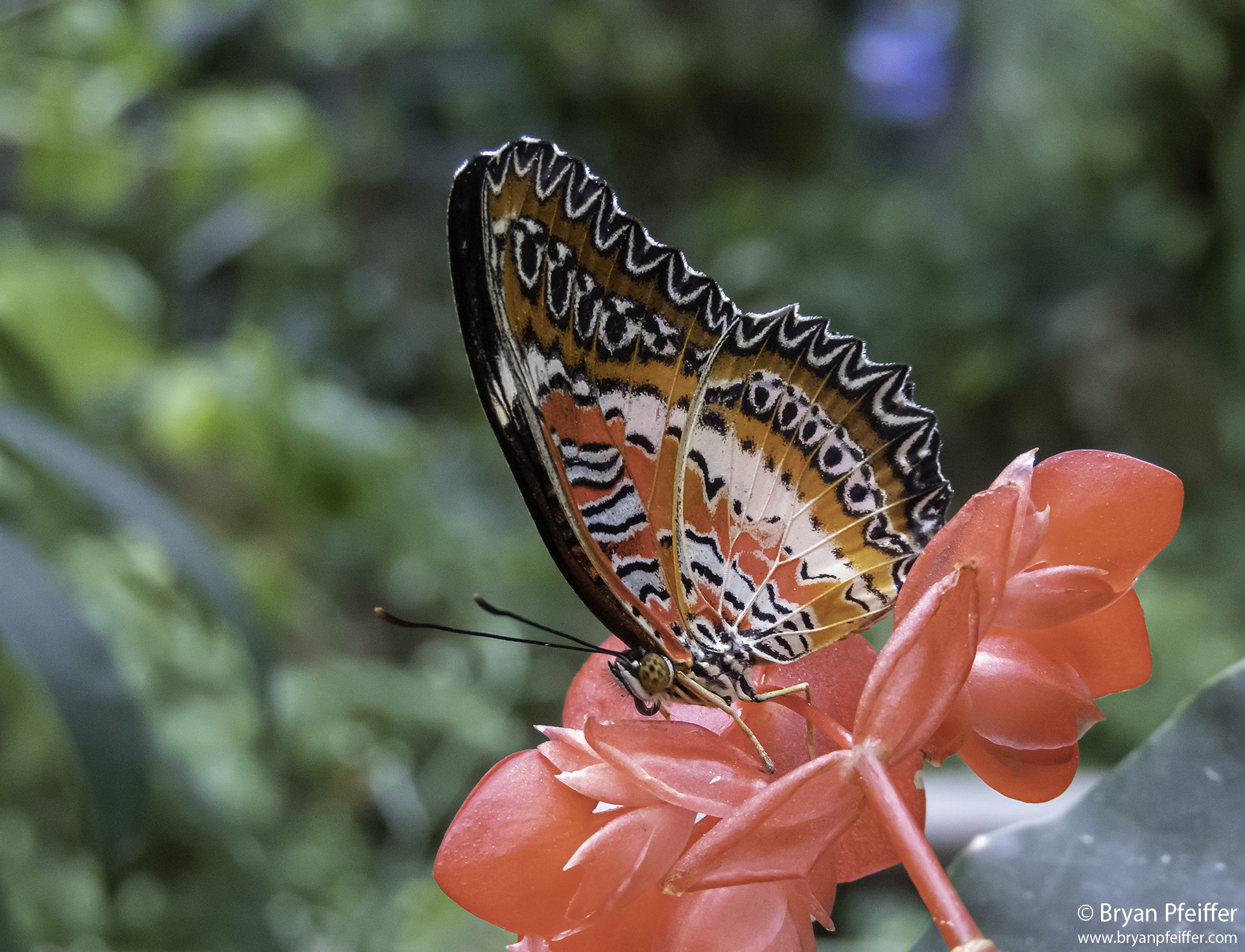

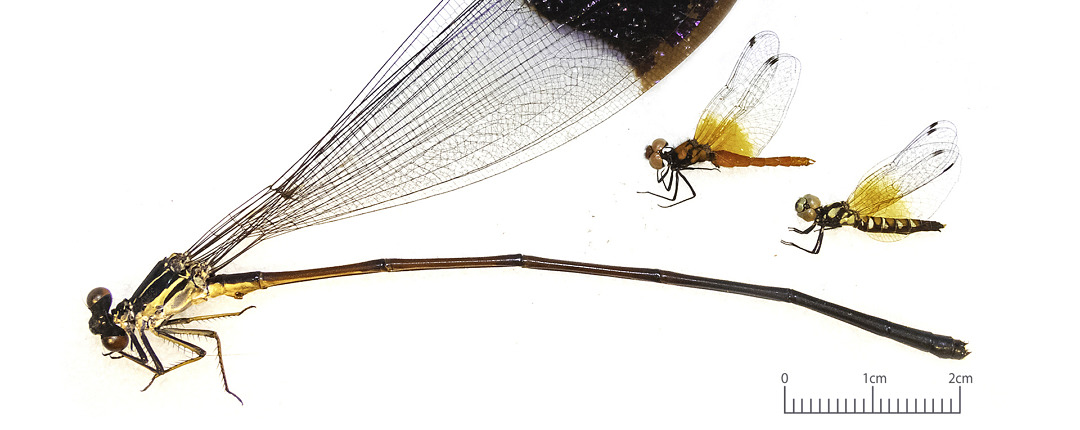
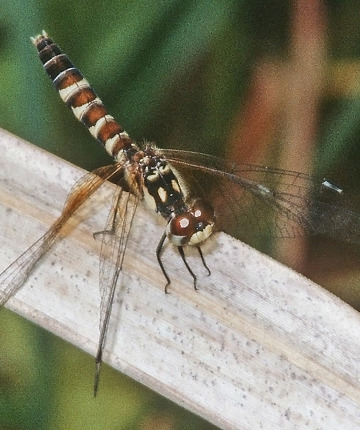
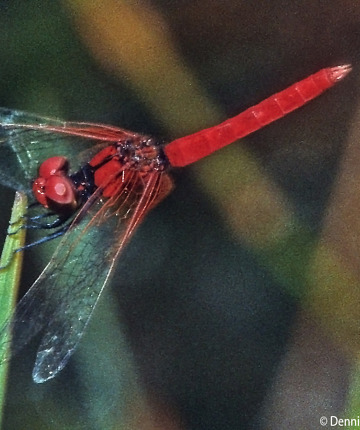

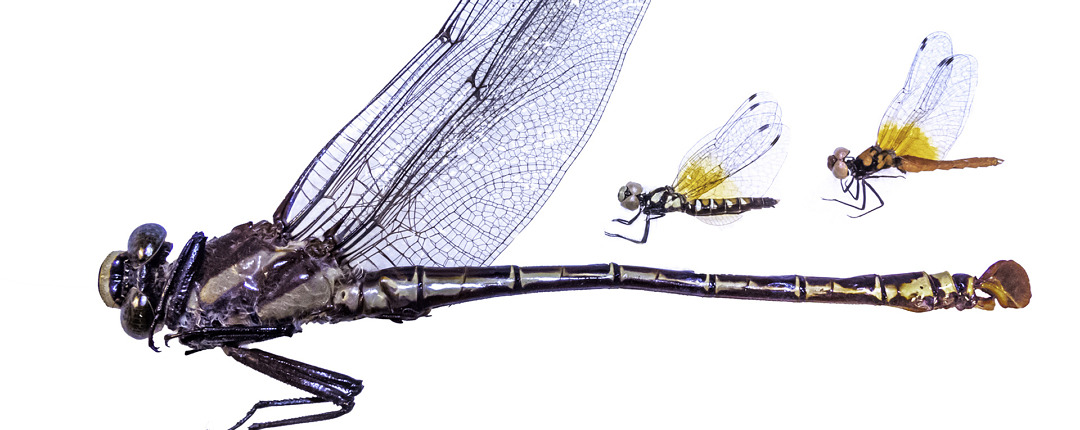

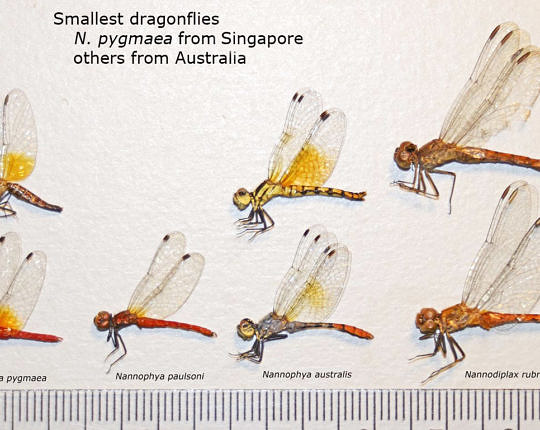
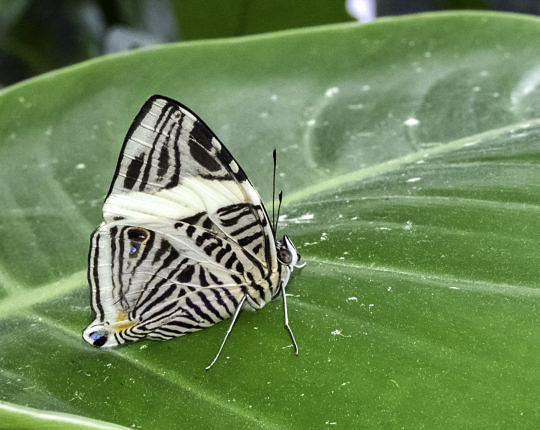

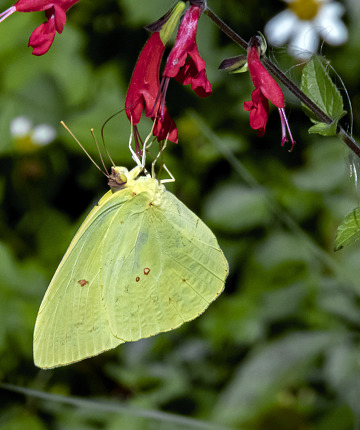
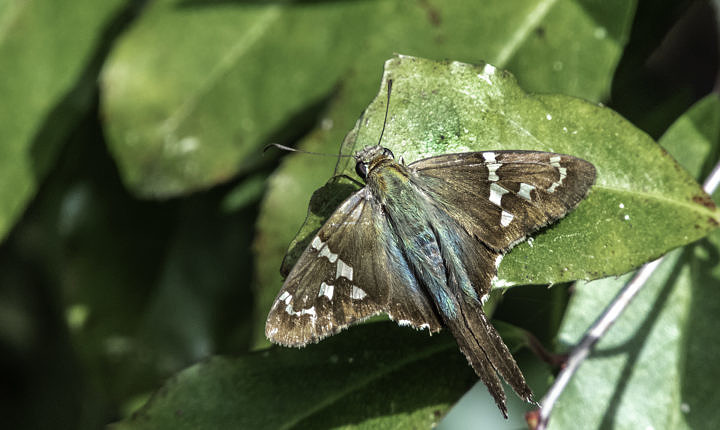

I heard him interviewed on, I believe it was “On Being” with Krista Tippit, and being very moved. I think I will get the book pronto.
Thanks, Shelagh. I might have mentioned it earlier, in another comment, but Michael McCarthy’s “The Moth Snowstorm” should be required reading in the Anthropocene.
Adding my thanks too, Bryan, for the relief of your blog. Remembering many years ago sitting in my car in the road outside the tiny Salisbury (VT) Post Office, unable to drive through the magical cloud of Mayflies blanketing everything! An insect experience indeed.
Thanks, Kit! I’ll be in touch!
Thanks Ann. I think I’m finding comfort in knowing this. Of course, there is no worse period in our nation’s history than slavery and the Civil War. So it could only have improved from there, yet at such a slow pace, with downward diversions in the long arc of justice. But where it may head next, well, yes, let’s have hope.
Ah, the mayfly snowstorm — a phrase echoing Michael McCarthy’s “The Moth Snowstorm,” perhaps the most poignant and powerful book on nature I’ve read in decades.
Very good point, Bernie. Sorry I missed it!
I am in Homosassa for a few months and am delighted to learn about the butterfly rainforest in Gainesville. We will definitely make a visit there. Would love to host you for a visit or meal if you get over this way. Looking forward to your book!
Thanks for the micro-distractions. I have just finished reading Grant (by Ron Chernow), and, politically, the late 1800s were crazy, too, yet somehow we’ve had moments of semi-sanity since then. Perhaps politics runs in cycles, like egg to larva to dragonfly, and we’ll move into science, reason, true facts and civility again. We can but hope, as we hope for the return of wild winged delights, come spring.
When I was little, I remember being invaded by Mayflies that covered the screens of our houses and everything else. Because we lived on the southern shore of Lake Erie (west of Cleveland), we always called them Canadian Soldiers. I only came to understand they were mayflies as an adult.
I so enjoy your blogs Bryan….a true breath of fresh air in these turbulent times. Thanks.
How appropriate to include wildlife from Australia one of many hotspots of troubled times, Australia most literally. Thank You Bryan for reminding us of the beauty, diversity, wonders of nature that we are destroying faster than we can ID them.
The other Bernie
Glad to offer the support, Ginny. Onward to the warmth and diversity of springtime! (Oh, wait — that’ll be a few months.) 🙂
Oh, yes — haiku. By all means! 🙂
Thanks, Dennis. Couldn’t do it — in so many instances — without you! I’ve edited on P. litorea accordingly. Yeah, I agree: size=weight!
Eek. We coulda met up at P&G! Damn!
Thanks, Jesse. I’ll bet those fish flies you mention are mayflies of some sort. I think I’ve seen them (but so many species out there — and I’m generally clueless about them). But, yes, in nature even little things offer us retreat from some of the world’s biggest problems.
Got it. Thanks, Peter. More wonder, less crisis. 🙂
Thanks, Pam. Yep, like a dream!
Thanks for the break from the seemingly unsettled world we live in today, Bryan. I’m so tired of the people in Washington and people in general at times. Even Mother Nature is upset with humans as she shows us with her earthquakes, tornado’s, volcano’s, bush fires, floods, etc. The only way I can get away from it is to enjoy photos like yours and essays such as you write. Plus, I try to always look forward to Spring when our “bugs” return in full force to grace us with their presence and help us forget the terrible things happening elsewhere. Take care, Bryan, and thanks for putting things in perspective.
Thank you for the much-appreciated distraction, Bryan. Re-focusing on the other creatures that share this planet is the stuff of sanity (and haiku). Enjoy your time in FL!
Thanks for a wonderful blog, Bryan. We need all the help we can get to get past this period in our history and hope so fervently that in fact it will pass. Netta and I go out in nature as much as possible to self-medicate against all the human-caused disruption of the 21st Century. And oh yes, Petalura ingentissima is considered the largest dragonfly in the world, but it’s not that much bigger than a lot of other contenders, just a bit larger than the Petalura litorea shown here, not as long an abdomen as a few aeshnids or as long wings as that Megaloprepus. To me, size = weight.
Hey! Thanks for the winged respite. Just back from Gainesville visiting my nephew – there is some good eating and of course the prairie and some beautiful refuges and crystal springs nearby. Watch out for gators!
Hi Bryan,
My that was challenging to weave impeachment into the subject of insects and vice versa. I think you did quite an amazing job. I’m fascinated by these tiny ones. Do you remember the fish fly in the Lake St. Claire area of Michigan. Every summer they swarm the lights on stores and streetlights. I wondered if they were related?
And the take away for me is, there are many, many more wonderful things worthy of our time and attention, that feed our souls as only nature can. If only the crew in the White House would see this as a priority, maybe we wouldn’t be in this predicament.
excellent essay and photos
appreciate your effort to divert from constitutional crisis to wonder
but need more wonder, please
You are spot on. I visited the Butterfly place in Branson and what an amazing feeling of peaceful serenity in the beauty of such delicate and beautiful butterflies and plants.
Thank you for these words…there is always respite to be found in nature, I think. Mostly, the natural order just makes sense and is reassuring.
Ha! Nano-nanno! I like it. Thanks, Laurie!
Yeah, well, to be honest, I’m not sure. (And I did indeed oversimplify.) It’s often been said, oddly enough, that M. caerulatus is the “biggest ‘dragonfly’ in the world.” But we do indeed need to define our terms. Maybe someone should list them all, as you suggest, by: wingspan, mass, and body length!
By the way, my “in-the-envelope” side-by-sides had the Petalura, Megaloprepus and Anax walsinghami all roughly the same length. Surprisingly close.
Thanks for the respite. Hard to find these days. OK, what is the name of the largest dragonfly on earth (if it is not Giant Darner). I assume that is Giant Petaltail (Petalura ingentissima)? By what measure it is the largest -wingspan, length, mass? Just curious.
Hi Bryan: Many thanks for your excellent essay and amazing damselfly photos that brightened my drizzly morning. Yes, I also spend time with my dragonfly photos during the winter…just to remember and plan for the “warmer months.” My elder son, Tom, lives in Gainesville, so I have visited the Butterfly museum a few years ago. It’s wonderful to be able to step into a rain forest in the middle of winter. I loved being introduced to the Nannophytes. Maybe I should sign off with “Nano-nanno” instead of my usual “Namaste.” Laurie 🙂
You are most welcome, Helen. Thanks for reading.
… and I’m even getting tired of winning so much. 🙂
I LOVE this, Bryan.
Thank you.
Now THAT’s a perfect call. Serenity now.